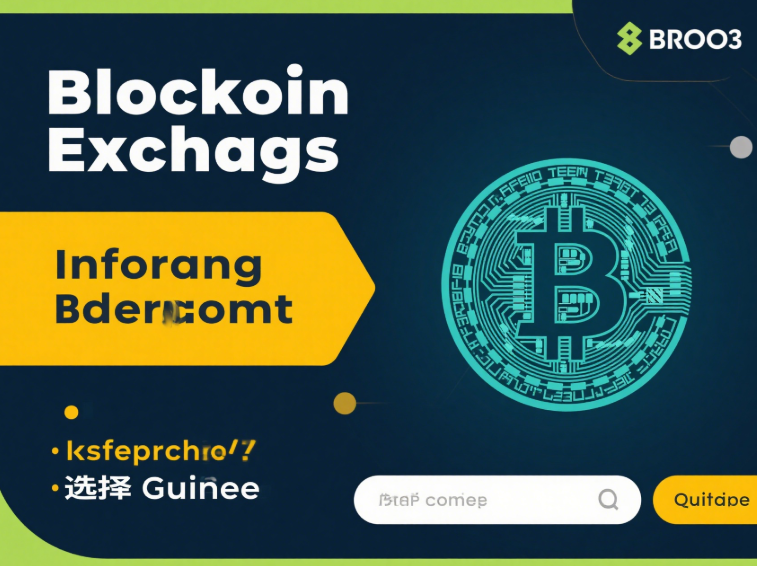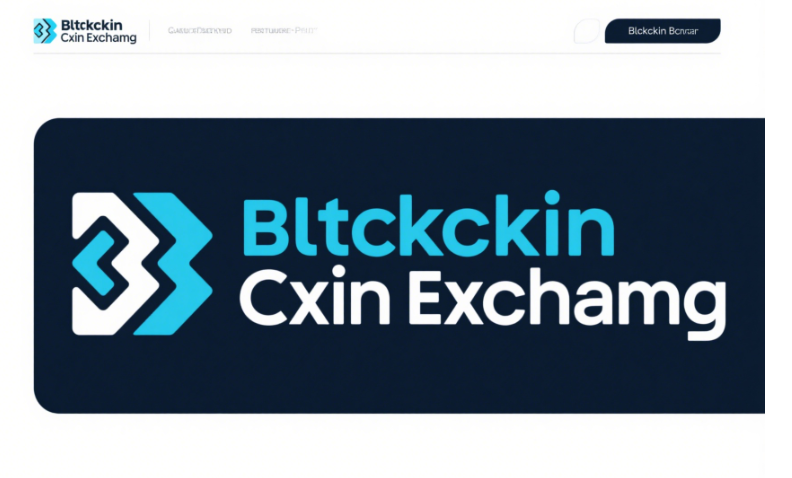In today’s digital age, the rapid rise of blockchain technology and cryptocurrencies has fundamentally transformed our financial world. For newcomers to the crypto space, understanding the basics of blockchain exchanges is crucial. This knowledge not only helps you gain footing in this opportunity-filled market but also enables you to make informed investment decisions. This article will introduce the types of blockchain exchanges, selection criteria, and some practical tips to help you better embark on your cryptocurrency journey.
1. What is a Blockchain Exchange?
A blockchain exchange is an online platform that allows users to buy and sell digital assets (like Bitcoin, Ethereum, etc.). On these exchanges, users can trade using fiat currency (like RMB, USD, etc.) or other digital assets. These platforms serve as intermediaries for buyers and sellers and provide market information, trading tools, and security measures.
1.1 Types of Exchanges
Based on their operational models, blockchain exchanges are primarily divided into two types: Centralized Exchanges (CEX) and Decentralized Exchanges (DEX).
Centralized Exchanges (CEX):
Controlled by companies or organizations, requiring users to register accounts.
Funds are stored in the exchange's wallets.
Advantages: Simple operation, high liquidity, fast trading speed.
Disadvantages: Higher security risks due to centralized asset storage.
Decentralized Exchanges (DEX):
Do not rely on intermediaries; users conduct peer-to-peer trading.
Users control their funds and private keys.
Advantages: Higher security, stronger trading privacy.
Disadvantages: More complex to use, generally lower liquidity.

The table below compares the key features of these two types of exchanges:
| Feature | Centralized Exchange (CEX) | Decentralized Exchange (DEX) |
|---|---|---|
| Control Method | Controlled by companies | Fully user-controlled |
| Account Registration | Requires registration | No registration needed; use wallet |
| Fund Management | Stored in the exchange | User-managed |
| Trading Speed | Fast | Relatively slower |
| Security | Relatively low | High |
2. How to Choose the Right Exchange?
Selecting a suitable exchange is a significant concern for every new investor. When making your choice, consider the following factors:
2.1 Security
Security is the most crucial factor when selecting an exchange. Ensure that the exchange has the following security measures:
Two-Factor Authentication (2FA): Supports dual identity verification to enhance account security.
Cold Wallets and Hot Wallets: An ideal exchange stores mostly user funds in cold wallets to avoid loss from online attacks.
Security Audits: Choose exchanges that have undergone third-party audits to ensure asset and security measures have been validated.
2.2 User Experience
User-Friendly Interface: Opt for exchanges with easy-to-use interfaces, especially for beginners, as user-friendly platforms can lower the learning curve.
Trading Fees: Understand the fee structure of the exchange, including trading fees, withdrawal fees, etc., to ensure they fit your budget.
2.3 Available Digital Assets
Different exchanges support different types of digital assets. Review the cryptocurrency list provided by the exchange to ensure your desired assets are available on that platform.
2.4 Trading Volume and Liquidity
Trading Volume: A high trading volume on an exchange typically signifies a smoother trading experience and quicker matching of buy/sell orders.
Liquidity: Ensure that the chosen exchange has adequate liquidity to avoid significant price fluctuations caused by a lack of transactions.
2.5 Regulatory Compliance
Legal Compliance: Choose exchanges that operate within legal jurisdictions and comply with relevant regulations to minimize legal risks.
3. Steps for Registering and Using a Blockchain Exchange
Having understood the selection criteria, let’s look at the basic steps to register an account in a centralized exchange:
3.1 Registering an Account
Visit the Exchange's Official Website: Ensure you are on the legitimate website of the exchange.
Fill Out Registration Information: Provide your email address and a secure password, ensuring the password is complex enough.
Account Verification: Usually involves verifying your email address or phone number, and some exchanges may require identity verification (KYC).
3.2 Depositing and Trading
Choose a Deposit Method: Most CEX platforms allow deposits via fiat (like credit cards, bank transfers) or other cryptocurrencies.
Execute a Trade: Enter the amount of digital asset you wish to buy or sell and confirm the trade.
3.3 Withdrawing Funds
Select Withdrawal Method: You can withdraw funds to other exchanges or personal wallets.
Confirm Information: Enter the withdrawal amount and target address, ensuring all information is correct before submitting the withdrawal request.

4. Common Questions for Newbies
During the process of selecting and using exchanges, new investors often encounter several questions. Here are answers to a few common inquiries:
4.1 What are trading fees, and why are they charged?
Trading fees are service charges collected by exchanges for each trade, used to maintain the platform's operations and security. These fees are typically a percentage of the transaction amount and vary by exchange.
4.2 How can I ensure secure trading?
Use strong passwords and enable two-factor authentication to make your account less susceptible to theft.
Regularly change your passwords and avoid using the same password across multiple platforms.
4.3 Can I trade multiple cryptocurrencies on one exchange?
Most centralized exchanges support trading for multiple cryptocurrencies, allowing you to trade various coins on the same platform. However, different platforms may support different coins, so it’s essential to check in advance.
4.4 Do I need to pay taxes?
In many countries, trading cryptocurrencies may necessitate the payment of taxes. Specific regulations vary by country, so consulting a tax expert is advisable.
5. Tips for Newbies
Learn and Research: Before investing funds, ensure you comprehend the fundamentals of different cryptocurrencies and engage in discussions within smaller communities; this will aid your investment decision-making.
Monitor Market Trends: Regularly check market conditions and adjust your trading strategies to adapt to potential market changes.
Invest Cautiously: Especially for newcomers, it is advisable to avoid investing all your funds until you understand the risks and characteristics of the market; manage your investment scale wisely.

Selecting a suitable blockchain exchange is a crucial step for every new investor venturing into the world of cryptocurrencies. It's essential to comprehensively consider factors such as security, user experience, the availability of digital assets for trading, liquidity, and regulatory compliance. We hope the information provided in this article helps you better understand exchanges and their selection, while also guiding you toward success in your cryptocurrency journey, enabling you to enjoy the opportunities brought by blockchain technology while effectively managing risks.
With this article, we hope that both newcomers and investing enthusiasts can find the right foothold in the increasingly complex crypto space, embarking on their investment journey! If you have any questions, please leave them in the comments section for further discussion.
















No comments yet